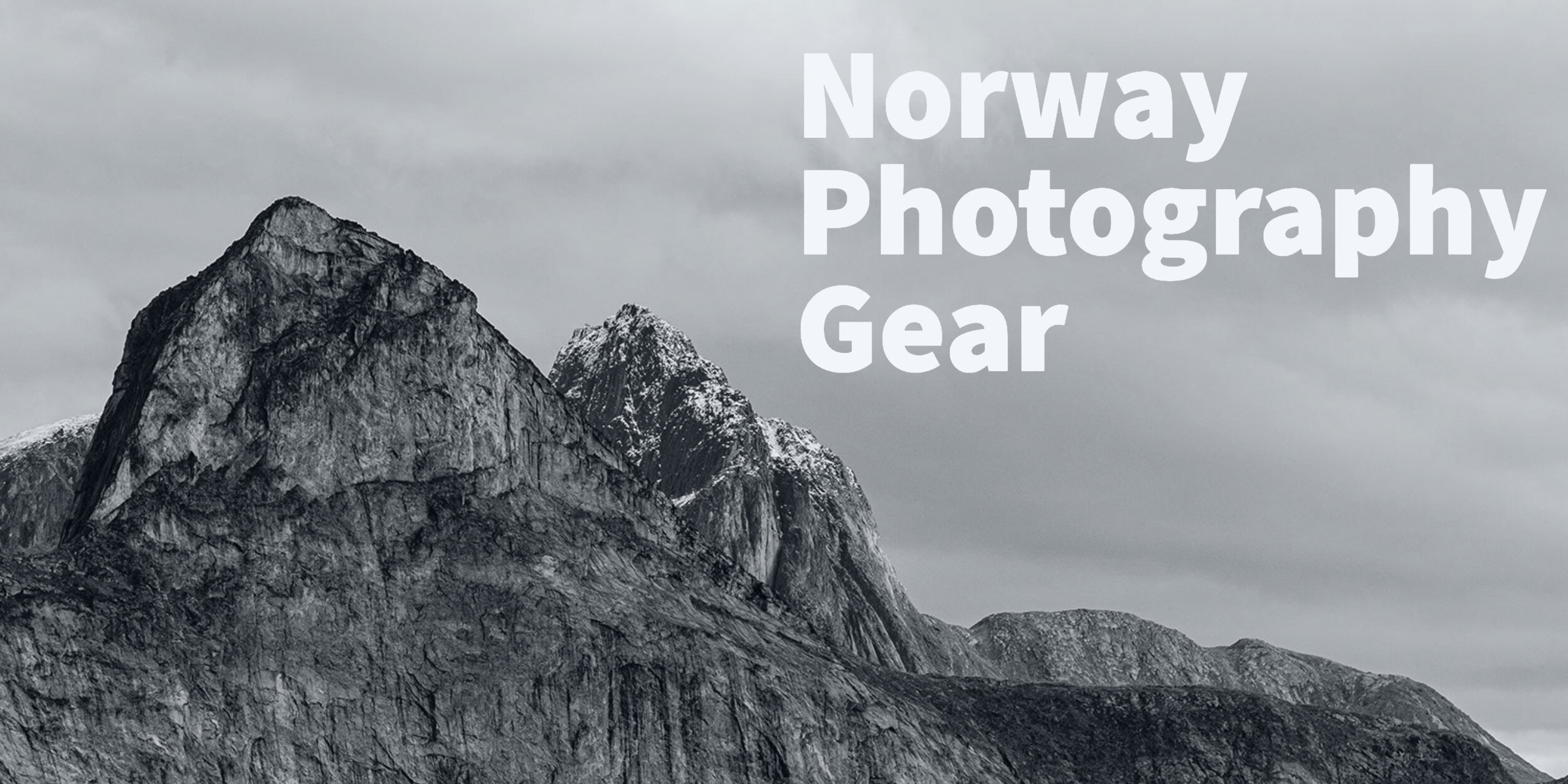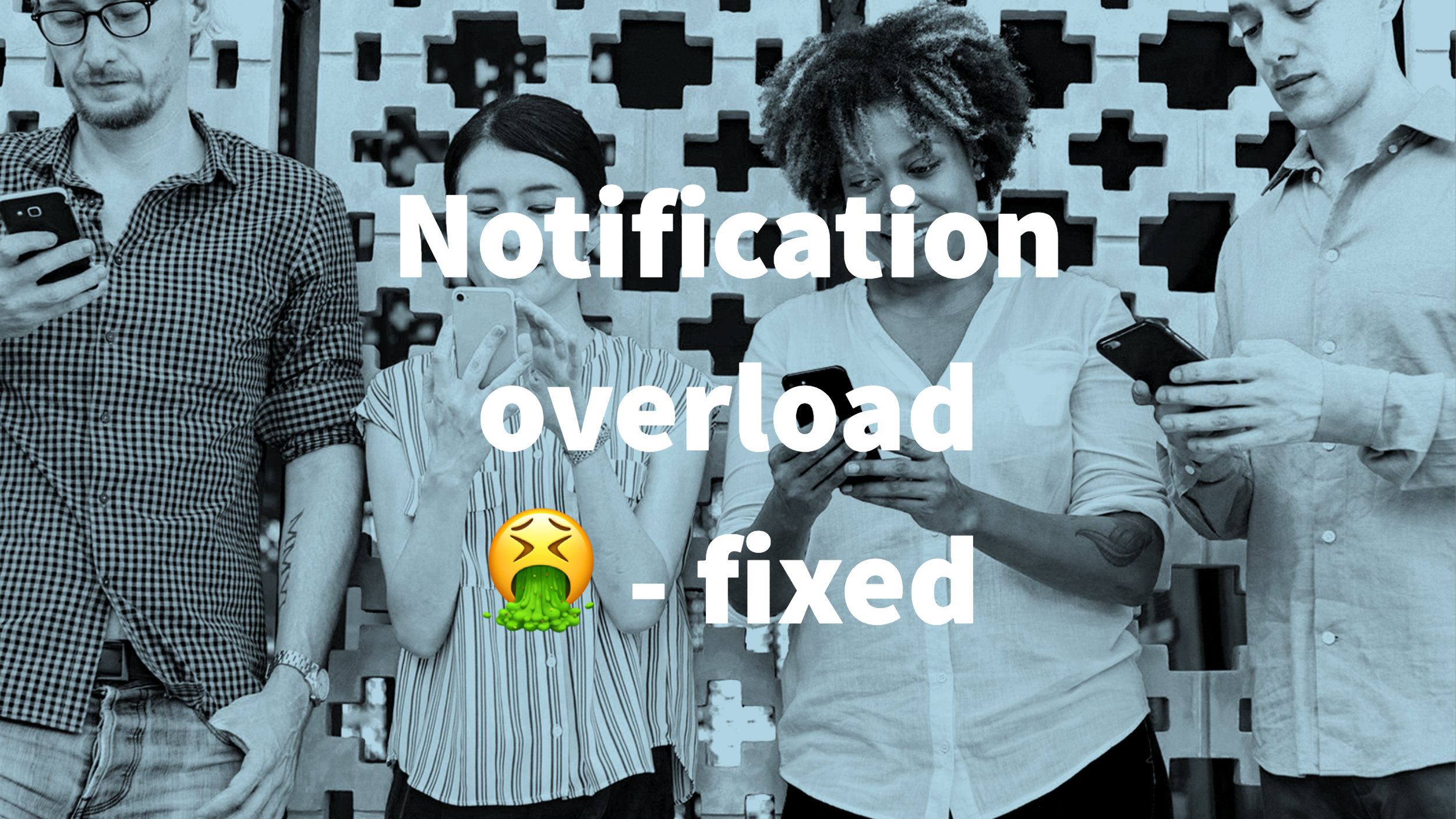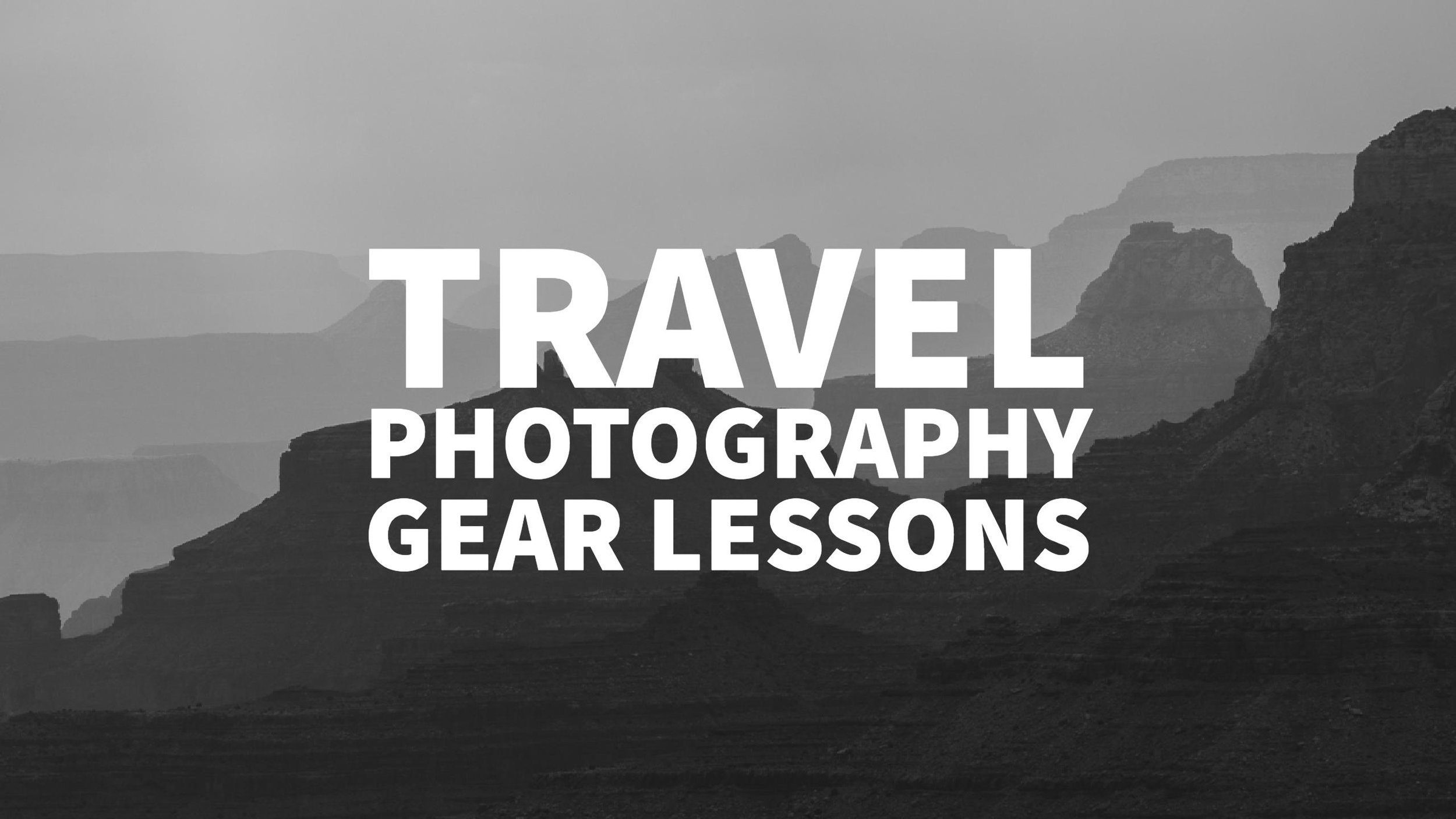Establishing your role as an art director
5 guerilla alternatives to brain storming
Creativity on demand
5 Myths about brainstorming
Tuning in with the copywriter
Your client is not a copywriter
Shortcut to brand identity / personality through a questionnaire
5 Myths about the Creative Brief
You maybe know the saying: "If you don't know where you are going, the road takes you there." So you end up somewhere without knowing if its the right place. In the graphic design and advertising business this is the last thing you want to happen. You don't want to present to your client a product, which doesn't get the point your client wanted to communicate. Did you misunderstand the briefing? Did your creativity lead you out of the boundaries your client want to accept. To know what happened, and even better to avoid such a thing to happen you need a creative brief. I know what you are thinking, so lets start and destroy some myths about the creative brief.
Creative briefs are too complicated
You don't have to start with the high profile creative brief. If you are not used to make one start slowly. Just put on it the most basic things. Client Details, the responsible persons in the clients firm and in your firm. The main goal of the project in 1 or 2 sentences. A short abstract of the briefing. The dates of the steps. You can build a form for it so you just have to fill it out. Later when you get used to it you can expand it.
A creative brief is to abstract to help you
This is really a pitfall for most creative briefs. The balance between writing about the facts and to not limit the creative output. You should in the beginning stay pretty down to earth and later on you can write a little bit more abstract. For example if your client wants a flyer for a sale - write in the creative brief "Flyer for a sale" instead of "Promote a sale". If you want it to be more open write "Cheap way to promote a sale". So don't misunderstand the term creative brief.
Writing a creative brief is lost time
In fact you save time. Think about the time lost when you have to redo a project because you where mislead. It also helps you to get back into a project if some time passed since you last worked on it. Its common that you start a job and it passes a couple of weeks before you really work on it because you did not have all the materials. By the way, you get usually faster the more creative briefs you do. And don't forget, you do for yourself already a creative brief when you read the brief and rearrange the information in your head, you just don't put it on paper.
A creative brief is only for internal use
Use the creative brief as a the rebriefing tool. Rebriefing is the process where you send your client before you start an abstract of the briefing to confirm that you understand everything. By sending the creative brief to your client you show that you are a professional and you show that its important for you to make your client happy.
Creative Briefs are cure for everything
A creative brief is just a starting point. Its the launch pad for your ideas but it does not show you the solution. It will help you keep on track, but its not a creative technique. Just by doing the creative brief you maybe not get a better result but you will get consistent products. Its part of a workflow, its not the workflow. So if you write a creative brief and you don't stick to it or you haven't got the process managed than its useless.
Some resources for you reading
So you got interested in writing a creative brief. Good. Here are some links to example creative briefs and some further theory. Pick the parts you like and build your own that fits your needs.
How to use studies to improve you projects
Is all about human psychology and behavior
Ask like a child, evaluate like an adult
The Too Small Font Issue
In the last lessons I talked about the mindset of an art director. It's different from a graphic designer in many aspects. It is often difficult to explain what is different, so I will try to make an example - a situation that every graphic designer who is working not just for himself has faced. The "too small font issue".
The font is not small, is elegant
Picture this; you have to do a brochure or an image folder. You have a nice brief and the text is ok. Everything is set, you start doing the layout. You choose the colors, the font, and the images to use a make a nice modern layout. The client has no clear Corporate Design (and if, who cares anyway, this is about image and not rules). The layout reflects the latest trend in modern graphic design, but you adjusted it a little to the audience of your client - you used the minimal style instead of the grunge ;-)
Now you present the work to your client and guess what - he rejects it. At first you will ask what he didn't like and he will give you some really bizarre answers. If you have a client that is used to handle graphic designers he will immediately state that the font is too small. You might say: "No, its 8pt, that's pretty large. I have absolutely no problem reading it. And by the way, it's not small, it's elegant." In the end you will have to increase the size of the texts. You don't want to lose the client, but you are also fed up, so you do as little as you can to change the layout.
Causing problems
The biggest problem of such a situation is, that you didn't discuss about content but problems. You did not discuss with you client about the great graphical idea you had. You caused your client a problem, because he could probably not read the text. Or if he could, maybe his clients are mid-agers around 50 - and they for sure have a problem with a font in 8pt. You are now in the eyes of the client a problem maker and not a problem solution and this is not good for further business.
Avoiding problems
An art director knows ahead what problems could arise and what could distract the client from thinking of him as a great problem solver and communicator. He knows that a bad presentation is killing the idea and not readable text is a red flag for executives and even worse for the consumer. No white text on light gray background, no all caps text ... you know all the cool stuff. But in the end you have to think about delivering the message. It's your job to not make it boring, but it's not your job to make it an effort to get the message. A design can be elegant even with big letters; you just have to design it right. And think always, styling trends are like fashion - they change every couple of years. If you look back on some layouts you made in the past you will think about the colors or the pictures, but I'm sure you will not notice how big a font was.












